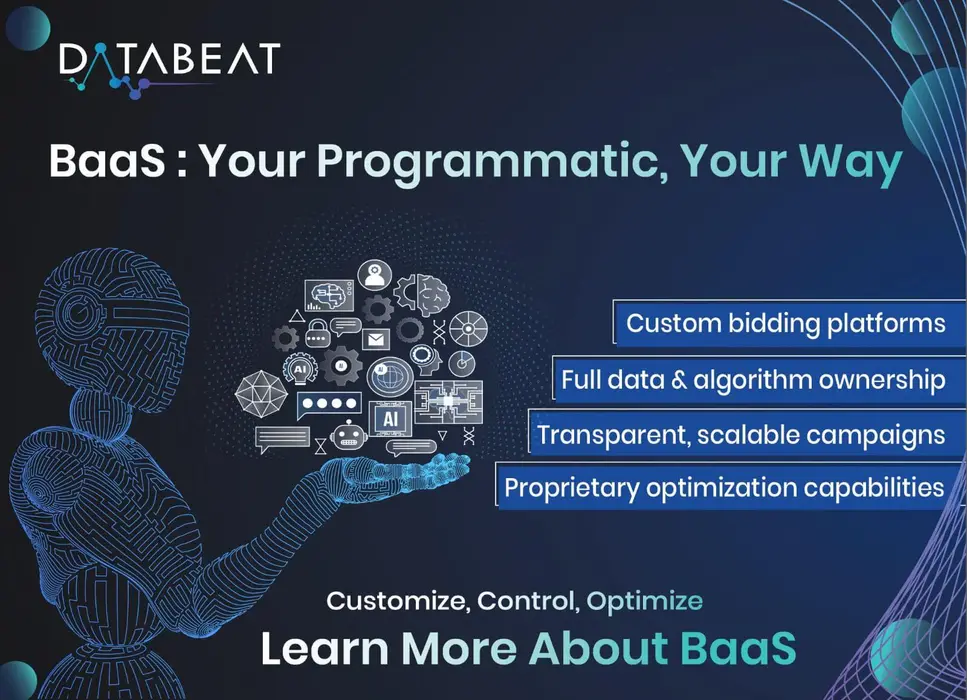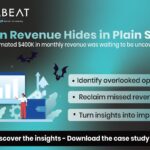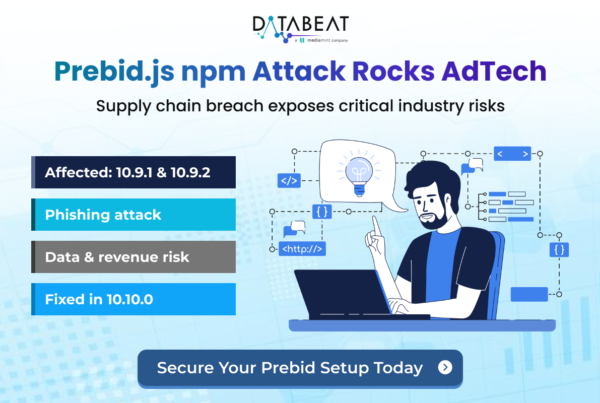
The digital ad environment continues to shift—driven by breakthroughs in AI, emergence of new platforms such as DOOH (Digital Out-of-Home) and in-game advertising, and mounting calls for transparency and personalization. In the midst of this ever-changing evolution, there is a new idea catching on: Bidder-as-a-Service (BaaS).
Similarly, to the general move away from monolithic applications toward modular, cloud-based solutions, BaaS brings a degree of flexibility and agency to programmatic advertising. In this post, we examine what BaaS is and does, why it’s significant, and what its advent entails for advertisers that wish to craft customized, data-driven bid management solutions beyond the constraints of the standard demand-side platform (DSP).
Who is a Bidder?
In advertising, a bidder is a company that bids on real-time auctions to buy online ad space. The bidder considers every impression available and bids based on the advertiser’s targeting parameters, budget, and campaign objectives.
In less technical terms, a bidder is the thinking behind programmatic purchasing—it figures out how much to pay for an ad impression, when to make a bid, and which audience to reach.
What is Bidder-As-A-Service?
Bidder-as-a-Service (BaaS) is a new idea in ad tech that transforms the classic DSP model. In contrast to typical DSPs, which tend to be “black boxes,” BaaS provides an advertisers’ custom, scalable, and cloud-based bidding infrastructure.
There is No one Agreed-upon Definition as of yet, But BaaS can be Defined As:
- A scalable and customizable cloud-based programmatic bidding platform.
- A flexible alternative for legacy DSPs, empowering tech-forward advertisers to create their own bidding logic, strategies, and integrations.
- An open and modular solution that provides complete control and ownership of data, algorithms, and campaign performance.
Beeswax is well regarded as the BaaS pioneer.
Major Features of BaaS:
- Custom Optimizations: Customized bidding logic and campaign rules.
- Extensible APIs: Smooth integration with first- and third-party tools.
- Full Exposure to the Programmatic Marketplace: Straight access to exchanges, SSPs, and inventory.
- DSP UI Functionality: An easy-to-use interface with all the functionality of a vanilla DSP.
- White-labeling Capabilities: Rebrand the site as your own.
How Does Baas Work?
Essentially, BaaS operates like a DSP but with much greater flexibility and transparency. Here’s how it operates:
- Auction Participation: BaaS takes bid requests from ad exchanges and supply-side platforms (SSPs), assesses them based on custom-defined logic, and places bids in real time.
- Data Integration: Advertisers can plug in first- or third-party data to inform more accurate targeting and bidding decisions.
- Custom Algorithms: In contrast to the majority of DSPs, BaaS allows users to apply proprietary bidding algorithms, which can be optimized for performance, cost-effectiveness, and strategic objectives.
Benefits of Bidder-as-a-service (Baas)
Historically, traditional DSPs have faced criticism for performing as black boxes—providing low visibility, limited flexibility, and a lack of data control. While the programmatic ad business has grown more data-driven and more complicated, so too have marketers’ demands. Advertisers are calling for greater control of how their advertising dollars are invested. BaaS meets these needs by providing:
- Increased Control: Tailor bids on individualized KPI and campaign needs.
- Data Ownership: Have access to and manage your own user data, instead of trusting opaque third-party systems.
- Customization: Create customized solutions tailored to your brand’s needs, based on proprietary logic.
- Scalability: Integrate and scale with other platforms and technologies seamlessly.
Is there a Demand for BaaS?
Yes—BaaS is picking up momentum, and for a very good reason. Increasing complexity of the ad tech ecosystem, combined with a deep need for flexibility and transparency, is fertile ground for BaaS adoption. Primary drivers of demand are:
- Ambiguity and inefficiency of conventional DSP operations.
- Increased demand for customization of programmatic tactics.
- Demand for alternatives to the one-size-fits-all DSP model.
Future of Baas in the Ad Tech:
The BaaS model is a major departure from the way programmatic advertising is carried out and controlled. Although most in the industry see it as a groundbreaking move towards more open and flexible ad buying, others are doubtful—saying that the very name lacks concrete definition and might be merely a rebranding exercise.
For BaaS to become more widely accepted in the industry, players such as the Interactive Advertising Bureau (IAB) will be required to intervene and standardize a definition. As the ecosystem continues to mature, we anticipate BaaS becoming a central support in next-generation programmatic strategies—especially for brands and agencies looking for more independence, performance, and innovation.
How can DataBeat Help?
Databeat assists Bidder-as-a-Service (BaaS) by offering adaptable solutions for programmatic advertising. Through Supply Path Optimization (SPO) tools, data ownership, and easy API integrations, Databeat allows advertisers to design customized bidding strategies and achieve complete transparency in their ad purchases. By utilizing the resources of Databeat, advertisers can integrate custom algorithms with ease and achieve scalability, as BaaS’s adaptable and data-centric nature demands.









